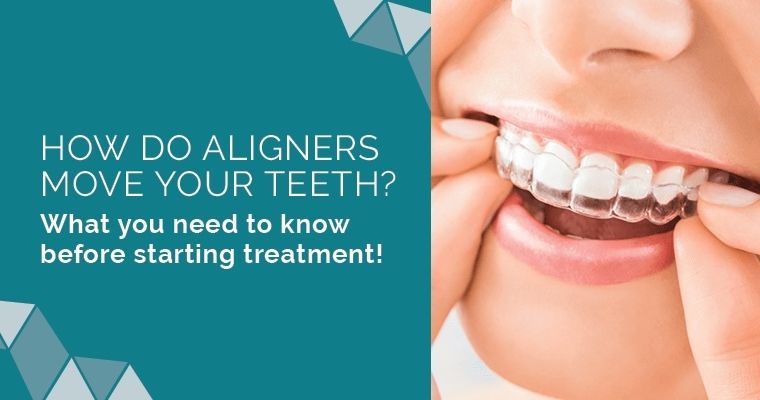The Best Strategy To Use For Legacy Orthodontics
An orthodontist is a dental professional educated to identify, prevent, and deal with teeth and jaw irregularities. They remedy existing problems and are educated to identify troubles that may create in the future. Orthodontists deal with people of every ages, from children to grownups. People typically link an excellent smile with great wellness.
Malocclusion, or misaligned teeth, can bring about dental issues, consisting of dental cavity, gum illness, and hard or unpleasant eating. But not everybody is birthed with straight teeth. If you have a bad bite or big areas in between your teeth, you might intend to get in touch with a dental practitioner specializing in orthodontic treatment.
Unknown Facts About Legacy Orthodontics
( Photo Debt: DigitalVision/Getty Images) Orthodontists use fixed and removable oral tools, like dental braces, retainers, and bands, to transform the position of teeth in your mouth. Orthodontic therapy is for dental irregularities, consisting of: Uneven teethBite problems, like an overbite or an underbiteCrowded teeth or teeth that are as well much apartJaw misalignmentThe goal of orthodontic therapy is to boost your bite.
A healthy and balanced bite ensures you can eat, eat, and talk effectively. While you might consider orthodontists as generally for children or teens who need braces, they can correct dental problems at any type of age. Orthodontists participate in university, oral institution, and orthodontic institution. After graduation, they spend 2 or 3 years in an orthodontic residency program.
All orthodontists are dental experts, yet not all dentists are orthodontists. Orthodontic residency programs use extensive, focused instruction for oral specialists. They concentrate on 2 locations: Exactly how to effectively and securely move teeth Just how to appropriately assist development in the teeth, jaw, and faceOnce an orthodontist has completed training, they have the alternative to come to be board licensed.
Our Legacy Orthodontics Ideas
Misalignment, or malocclusion, is one of the most common factor individuals see an orthodontist. It is genetic and is the result of size distinctions in between the upper and lower jaw or between the jaw and teeth. Malocclusion results in tooth overcrowding, an askew jaw, or irregular bite patterns. Malocclusion is usually treated with: Your orthodontist connects metal, ceramic, or plastic square bonds to your teeth.
If you have only browse around here small malocclusion, you might be able to make use of clear braces, called aligners, as opposed to typical braces (https://soundcloud.com/legacyortho). Some individuals require a headgear to help relocate teeth into line with stress from outside the mouth. After dental braces or aligners, you'll need to put on a retainer. A retainer is a personalized device that keeps your teeth in position.
They're usually utilized on youngsters. They can produce added room in the mouth without needing to draw teeth. If you have a serious underbite or overbite, you might need orthognathic surgery (additionally called orthodontic surgery) to lengthen or reduce your jaw. Orthodontists use cords, medical screws, or plates to support your jaw bone.
You might need to see an orthodontist if you have: Crowding or not sufficient space for every one of your teethOverbite, when your upper teeth come over your bottom teethUnderbite, when your bottom teeth are too far forwardSpacing or problems with gapsCrossbite, which is when your top teeth fit behind your base teeth when your mouth is closedOpen bite or an upright gap in between your front base and upper teethMisplaced midline, when the center of your bottom and upper teeth do not align Remedying a dental malocclusion can: Make attacking, chewing, and speaking easierImprove the balance of our face and your general appearanceEase discomfort from temporomandibular joint problemsDifferent your teeth and make them simpler to clean up, assisting avoid tooth degeneration or tooth cavities It's often a dental practitioner that initially notices misaligned teeth during a routine examination.
Some Known Facts About Legacy Orthodontics.

During your first orthodontic consultation, you'll likely have: An oral examPhotos taken of your face and smileDental X-raysPanoramic (360 degree) X-rays of your face and headImpressions to develop molds of your teethThese examinations will certainly help your orthodontist understand how to proceed with your treatment. orthodontist. An orthodontist is a dental expert that's had training to treat your teeth and jaw
Orthodontists may carry out surgical procedure, exams,X-rays,and more to assist you attain a much more comfortable, healthier smile. An orthodontist is concentrated on your bite, so something like a broken tooth would certainly be taken care of by a dental practitioner. Orthodontists are dental professionals but not all dental experts are orthodontists. Orthodontists are focused on your bite, or the way your teeth fit with each other, and the straightness of your teeth.
Ever before asked yourself just how celebs always seem to have completely lined up teeth? Orthodontists are dental specialists that concentrate on remedying abnormalities in the teeth and jaws.
The Ultimate Guide To Legacy Orthodontics

While dental braces are the most frequently acknowledged orthodontic therapy, orthodontists have a varied toolkit at their disposal. The certain method picked depends upon the extent of the case, the patient's age, and individual choices. These reliable braces make use of a system of braces bound to the teeth and linked by wires.
These removable trays are tailor-made to considerably shift the teeth's setting. In cases of slim jaws, palatal expanders can be utilized to develop space for proper tooth positioning.
Comments on “Excitement About Legacy Orthodontics”